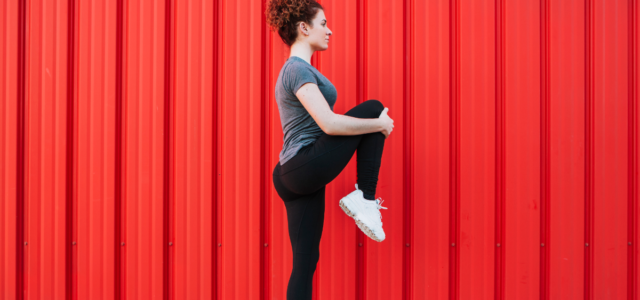
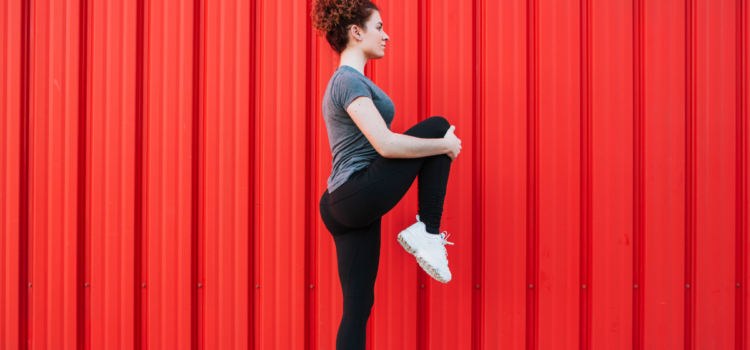
Standing Core Exercises That Help with Every Sport
BlogHealth & FitnessMore SportsProduct Reviews/Top Ten Lists/Resources/TipsRunningStaffPicks May 5, 2025 Lauren Keating 0

The Power of Standing Core Movements
When most people think of core workouts, the first thing that comes to mind is the traditional sit-up or crunch. While these are good exercises, they are not necessarily the best or most functional way to train your core—especially if you’re an athlete. Forget getting on your back and straining your neck. What athletes need to do is standing core exercises.
Standing core exercises can be more effective for building the strength, balance, and stability needed in nearly every sport.
Whether you play soccer, basketball, baseball, or swim competitively, a strong core is key to success.
Why Core Strength Matters in Sports
Your core includes more than just your abdominal muscles. It encompasses your entire trunk—abs, lower back, hips, and obliques. This area is the powerhouse of the body and is involved in nearly every movement, including:
- Running and sprinting
- Jumping and landing
- Throwing and swinging
- Changing direction quickly
- Maintaining balance and posture
A weak core can lead to poor form, decreased performance, and a higher risk of injury. That’s why core training is essential for athletes in any sport.
The Problem with Traditional Sit-Ups
Sit-ups and crunches may target the abs, but they don’t do a great job of training the core in a functional way. Here’s why:
- Limited muscle engagement: Sit-ups mostly target the rectus abdominis (the “six-pack” muscles) but neglect the deeper core muscles that stabilize the spine and pelvis.
- Not sport-specific: In most sports, athletes perform movements in a standing position. Sit-ups don’t mimic those movement patterns.
- Risk of back strain: Improper form during sit-ups can lead to strain on the neck or lower back, especially in younger athletes.
- Lack of stability training: Sit-ups don’t challenge your balance or engage stabilizing muscles as much as standing exercises do.
Benefits of Standing Core Movements
Standing core exercises more closely mirror the movements performed in sports. They offer several advantages over floor-based exercises like sit-ups:
- Improved balance and coordination: Standing exercises require stability, activating more muscles to keep you upright.
- Greater functional strength: These movements train the core to stabilize during real-life and sports-specific actions.
- Engagement of multiple muscle groups: Standing core workouts often involve your legs, glutes, and shoulders too—making them more efficient.
- Better posture and spinal alignment: Training in an upright position helps reinforce proper posture and core control.
The Best Standing Core Exercises for Athletes
Here are some effective standing core exercises that can benefit athletes of all ages:
1. Standing Oblique Twists
- How to: Stand with feet shoulder-width apart, and hold a light medicine ball or weight at chest level. Rotate your torso side to side with control.
- Benefit: Builds rotational strength used in throwing, swinging, and turning quickly.
2. Standing Knee-to-Elbow Crunch
- How to: Stand tall and lift one knee while bringing the opposite elbow down to meet it. Alternate sides.
- Benefit: Engages the entire core while also improving balance and coordination.
3. Woodchopper (progression: add a resistance band or medicine ball )
- How to: Start high and diagonally chop down (the weight or band down) across your body, mimicking a wood-chopping motion.
- Benefit: Works on diagonal and rotational movement—key for sports like baseball and tennis.
4. Single-leg balance with Rotation
- How to: Stand on one leg, hold a ball or weight in front of you, and slowly rotate your torso from side to side.
- Benefit: Improves core stability and strengthens ankle and hip stabilizers.
5. Standing Plank Pulls (using resistance bands)
- How to: Attach a band at waist height. Stand in an athletic stance and pull the band across your body like a slow, controlled punch.
- Benefit: Mimics anti-rotation control that is needed in contact sports and sprinting.
Conclusion
Standing core exercises offer a smarter, more effective way to build the strength and stability athletes need for real-world performance. While sit-ups still have a place, they should no longer be the go-to core workout—especially for young, developing athletes.
Standing core also takes the boredom and predictability out of ab work, targeting the entire core and freshens up a workout. By training the core in a way that mimics game-like movement, athletes can improve posture, prevent injury, and boost overall performance.


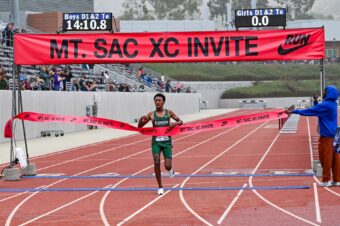

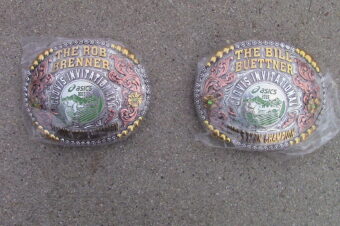
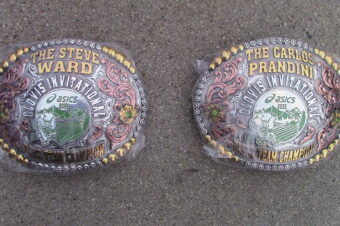



No comments so far.
Be first to leave comment below.